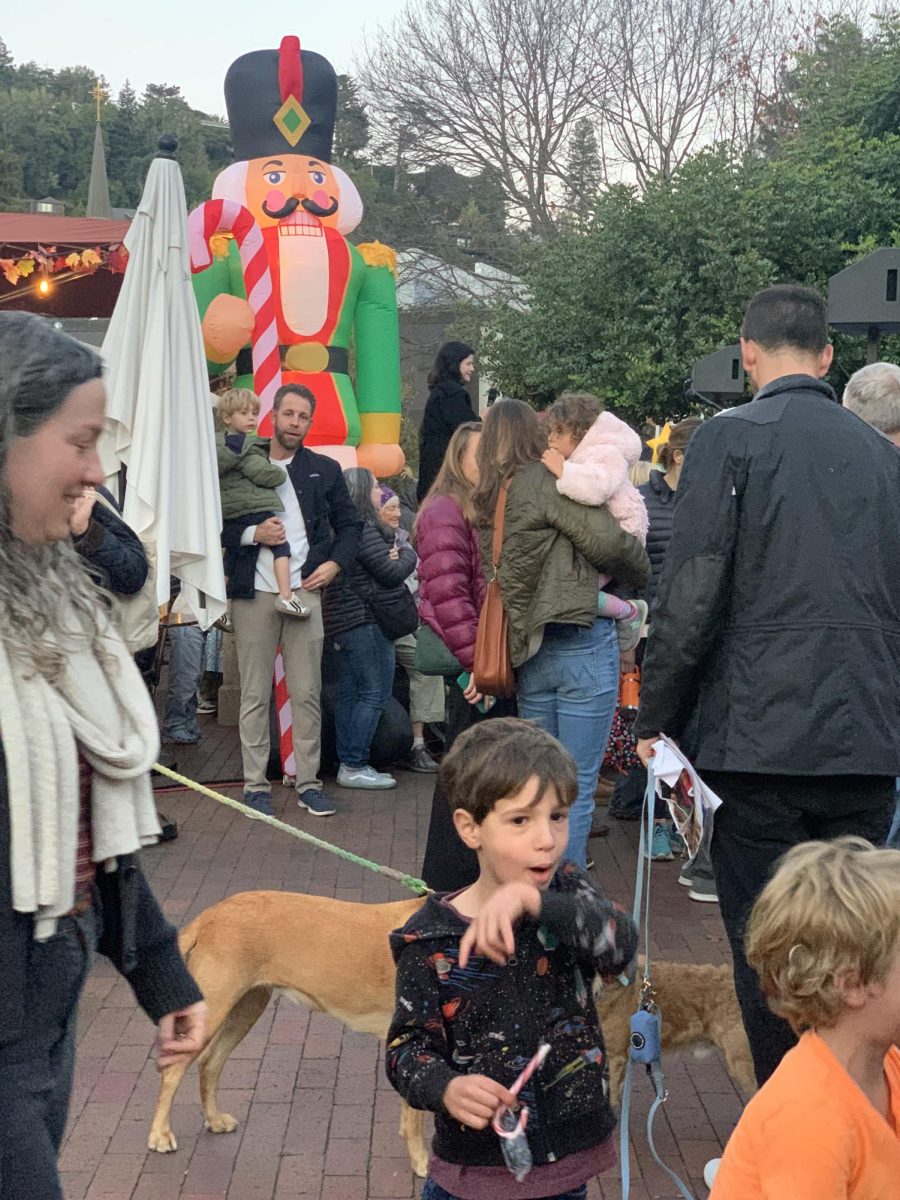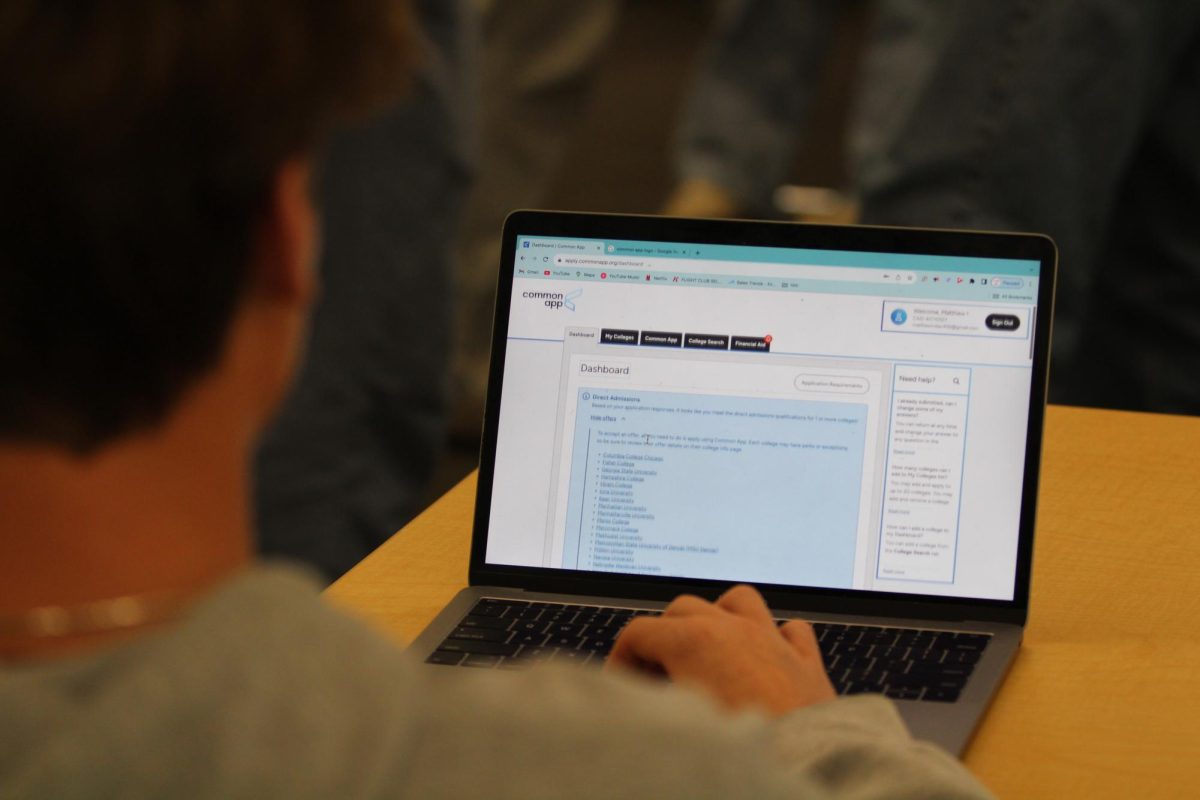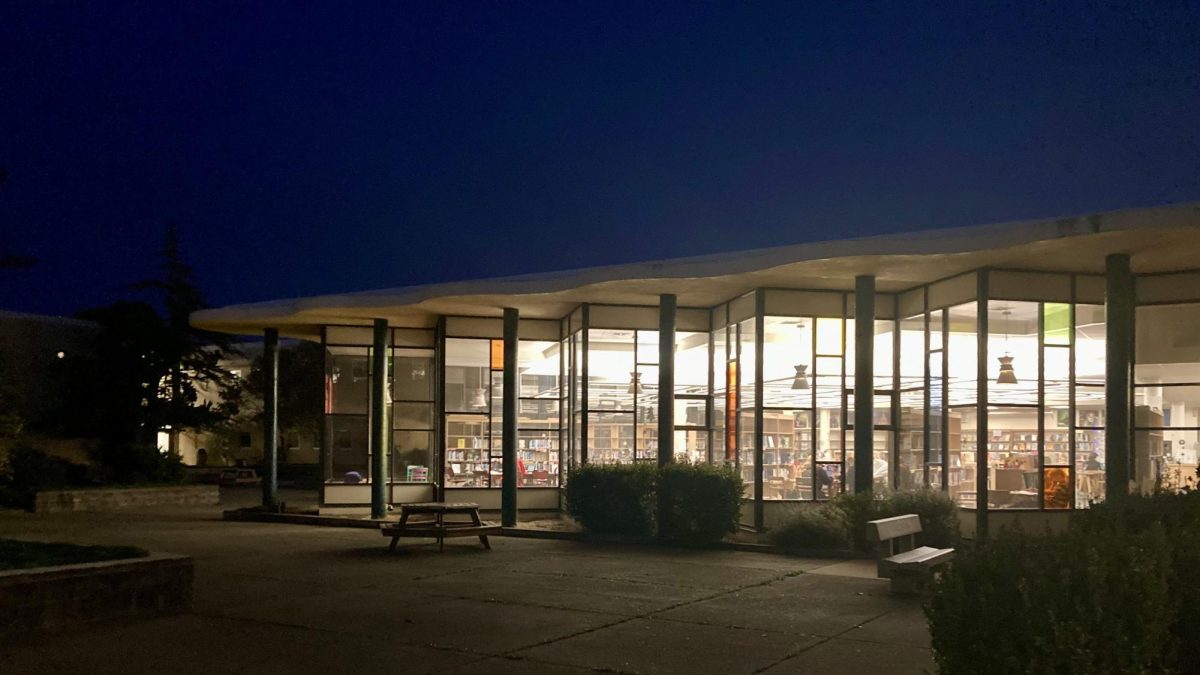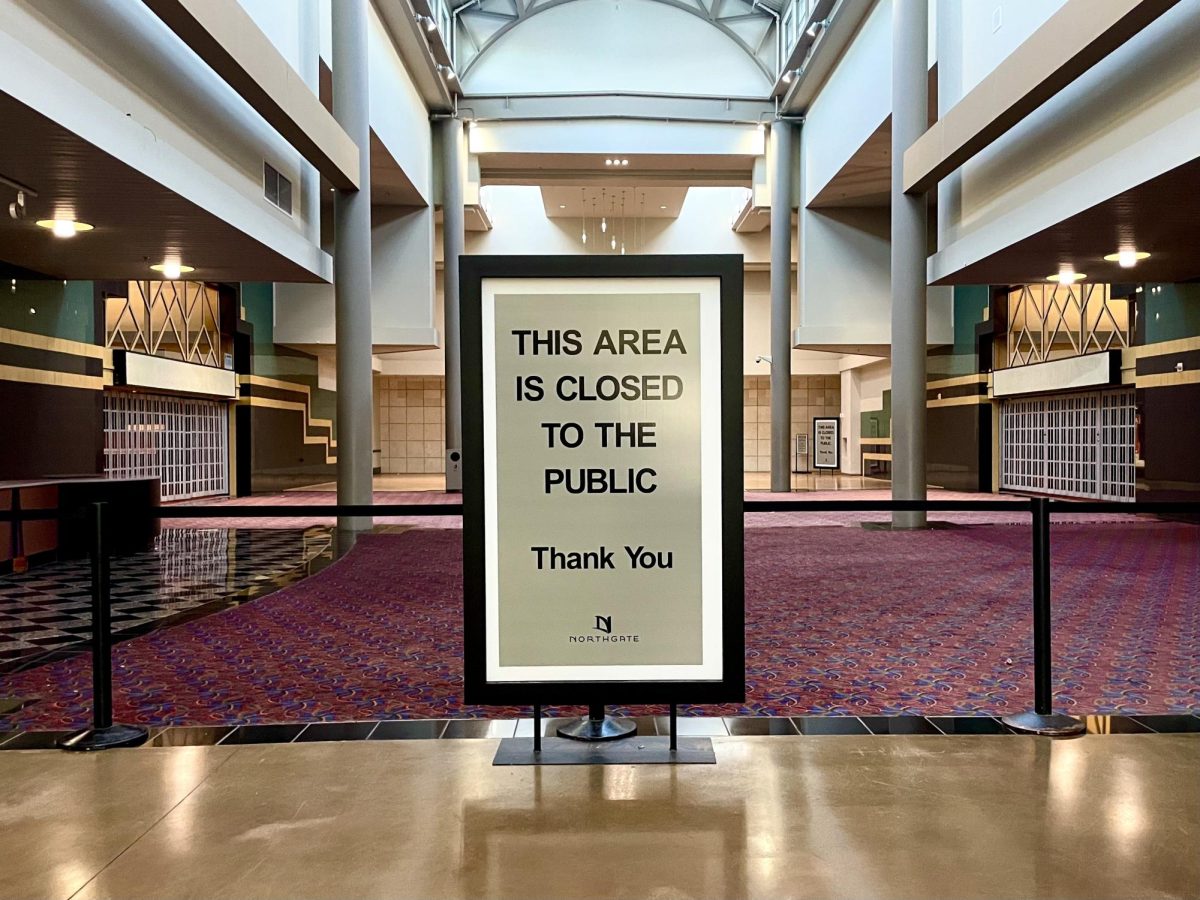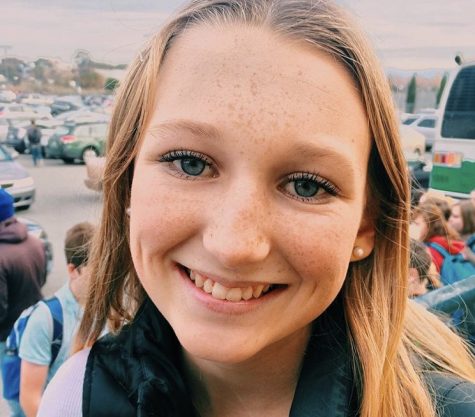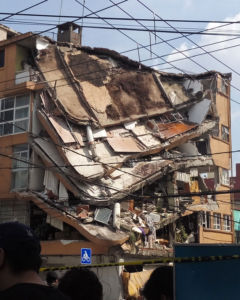
On Sept. 19, Mexico City was struck by a 7.1 magnitude earthquake, killing at least 225 people and wounding hundreds. The natural disaster occurred on the same day as and similar area of the disastrous 1985 Mexican earthquake.
In 1985, over 10,000 people were killed, and roughly 200 buildings had collapsed, whereas last month, about 40 buildings were destroyed.
Though a couple of weeks have passed since the earthquake, the city is still in mourning as people have lost their houses, family and friends in the many collapsing buildings.
Diana Sunderland, a Mexican native, who attended Redwood freshman and sophomore year before she moved back to Mexico, was at her school when the earthquake occurred.
“We were all sitting down listening to music, and then out of nowhere the whole building started shaking, and we said ‘What the heck is going on,’” Sunderland said. “Someone then said ‘Oh my god it’s an earthquake,’ so we ran outside. All the trees were moving, and the building was moving.”
The first earthquake with a magnitude of 8.2 hit on Sept. 7 at night, although not many people felt it. The second earthquake, which was much stronger and caused the most damage, struck Sept. 19 during the day with a magnitude of 7.1. Sunderland lives in Interlomas, which is roughly 30 minutes away from Mexico City, therefore neither her house nor her family were severely affected.
Sunderland’s school was cancelled for a couple of weeks, and during that time she volunteered by donating and packaging food.
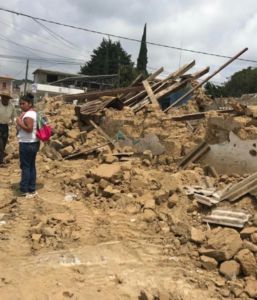
“There was a university I went to and I was there for two days to help. We helped donate food and clothes, anything we could. I feel like that is part of the reason we do not have school for a little bit, so we could go help,” Sunderland said.
Though Sunderland has been living in Mexico with her aunt and uncle since August, her parents are currently living in Marin with her brothers. Sunderland’s mother, Patricia Millán, said she has remained relatively calm despite her daughter experiencing an earthquake alone.
“It was very, very scary, but at that time I knew [Sunderland] was at her school and the school that she is at is [in] an area that is not in the center of the valley in Mexico—it’s higher up on rocky soil. The chance of buildings falling down there are very low because most of the buildings are well built,” Millán said.
While this earthquake was a tragedy and occurred fairly unexpectedly, Millán said she is happy to know her family is safe and that people were willing to unite and help each other.
“The good thing about all of this and the earthquake is that everyone came together and helped. There were so many donations and still are. People were giving away stuff and risking their lives to save other people,” Millán said.
Millán just recently visited her daughter last Sunday for Sunderland’s birthday. Although she was scared to see the country and its current state, she was ready to visit her family.
Similar to Sunderland, senior Cesar Segundo, an exchange student from Puebla, Mexico, said he didn’t personally have any injured family, but is still aware of the devastation caused by the Sept. 19 earthquake.
“I know the epicenter was in Puebla and nothing happened to my friends and family, but they are helping to collect resources for everyone from Mexico City and Puebla, because a lot of buildings collapsed,” Segundo said.
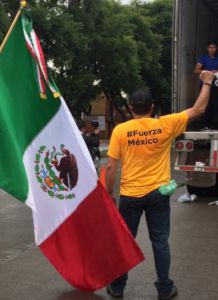
When Segundo found out about the earthquake, he was under lockdown at Redwood because of the bomb threat.
“It was the same day as the bomb threat, so my mom called and she was really scared. She said an earthquake just happened and she was working and the roof cracked, but nothing happened. My sister was in the second story of her school, and they said it felt really bad, and they were really scared,” Segundo said.
According to Millán, rescuers and volunteers are continuing to help everyday by donating and removing rubble in order to rebuild destroyed buildings. While some schools have resumed session, many are still destroyed and are not back to their original state.


